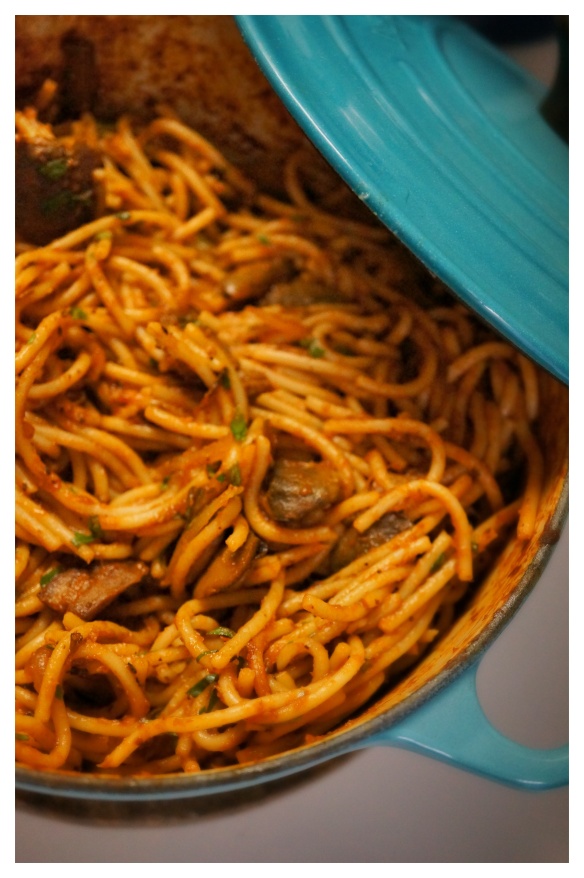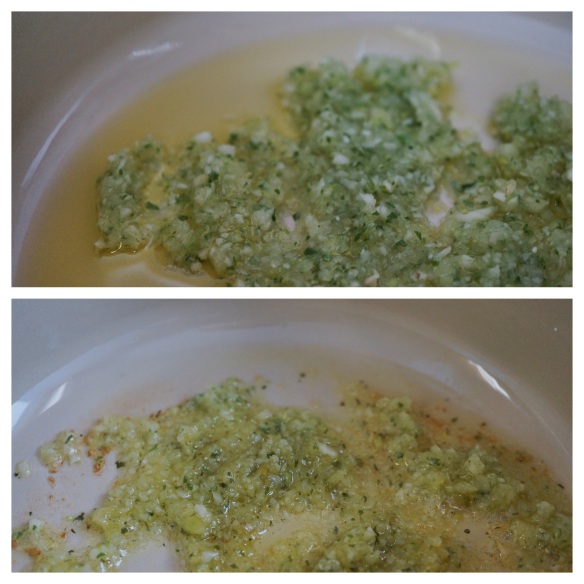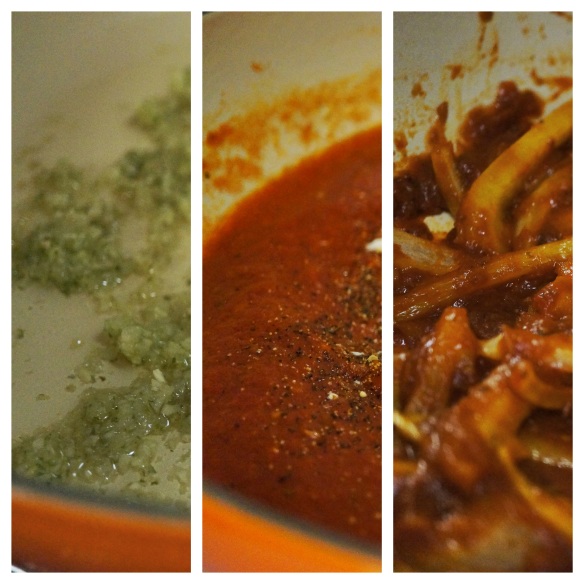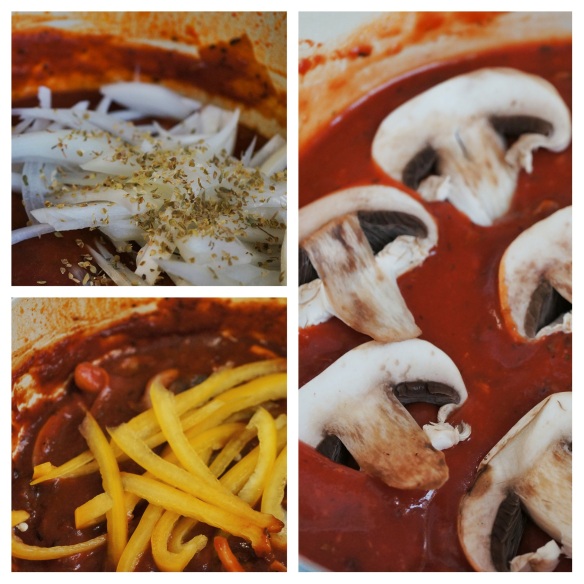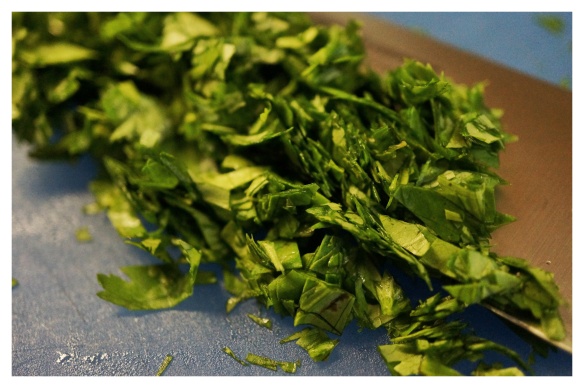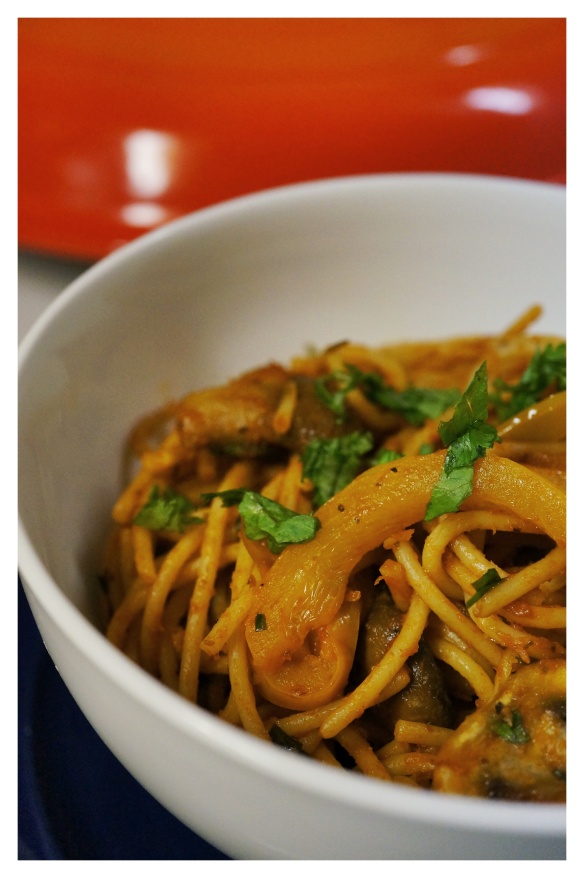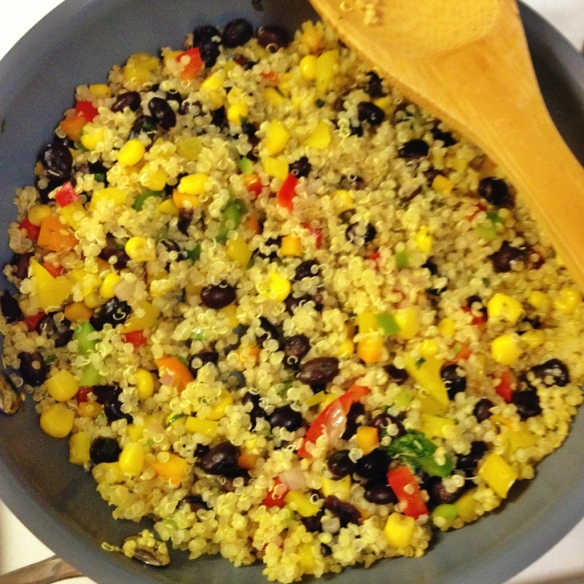There’s something special about comfort food. There’s also something special about experienced family cooks. Combine both and you have a memorable, tasty, and hopefully saucy moment. At least, my grandmother’s spaghetti is.
As a child and early adolescent, my grandmother, V, moved around a lot. Her mother had five children to different men, and well, times were tough. Smack in the middle of the ‘60s, my great-grandmother traveled from Brooklyn to Chicago and back. Eventually, she settled in Puerto Rico and at a very early age her eldest daughter met, fell in love and married my grandfather. This year they celebrate their 50th anniversary – phew! Just thinking about it gives me the chills. Chills of admiration, of course ;-).
Yet, admiration falls short in the attempt of describing or determining my grandmother’s cooking style. You see, my grandfather is very fond of Puerto Rican cuisine. More accurately, he loves the rural, home-grown beans, root vegetables, meat and most of the traditional dishes over here. On the other hand, my grandmother embraced the industrial age of food at US, plus all the culinary diversity of having lived in the busiest cities. Now, how can someone so enthusiastic about exploring food, satisfy the classic-rural palate of a husband, while giving the kids a taste of different places? The answer came to grandma in a simple manner: Puerto Ricanize – yes, I just made that up – signature dishes from different cultures. Hence, spaghetti criollo was born. I bet something about that combination really appealed to grandpa. I mean, they’ve been married for 50 years, so food (with love) definitely played a part here.
The way this sauce deviates from typical marinara is that it requires no fresh tomatoes (industrial America kicking-in), you start off with sofrito and swap basil with cilantro. Part of the awesomeness of this recipe is it’s simplicity and versatility in terms of ingredients. Timing, however, is key. After a couple of conversations with grandma over the phone, I realized that timing was important because it allowed the flavors to blend together particularly well at low heat. Being a fast-forward, impatient, and ever-hungry cook, I hat to struggle with it, but the end product is worth the wait. Enough chit-chat, let’s get saucy.
Serves: 4 – 6
Ingredients:
2 Tbsp Extra virgin olive oil
2 Tbsp Sofrito
-OR-
3 Cloves of garlic, minced
1 8 oz Can of tomato sauce*
1 6 oz Can of tomato paste*
1 C Water
2 Tsp Italian seasoning
-OR-
1/2 Tsp Dried thyme
1/2 Tsp Dried oregano
1/2 Tsp Dried parsley
1/4 Tsp Dried basil
1/4 Tsp Dried sage
1/4 Tsp Paprika
1/4 lb Mushrooms, sliced. Use ones you like.
1/2 Lg White onion, thinly sliced
1/2 Yellow bell pepper, sliced
1/4 C Fresh cilantro, finely chopped
12oz Spaghetti (#8 is preferable)
Salt and pepper, to taste
The results of cooking this pasta, as with all other recipes, depends on the cookware. Interestingly, the differences in moisture are evident. If this dish is done in a deep pan, like a dutch oven, the sauce will be really moist, runny, even. If a shallow saucepan is used, the results are slightly dryer and the sauce tends to stick better to the noodles. In fact, it was this difference that drove eluded me for quite some time in trying to replicate grandma’s recipe. She used a shallow saucepan.
- In the cookware of your preference (see note above), sauté the sofrito in the olive oil at medium heat, until it turns light yellow and has absorbed some of the oil. Be careful not to burn it.
- Add the tomato sauce, tomato paste and water. Mix thoroughly.
- Add the Italian seasoning or spice mix and lower the heat to medium low. Let the sauce simmer at medium low for at least 45 minutes – this is crucial.
- Taste the sauce! Dried spices vary in intensity, so it’s important to taste every step as possible. Add additional seasonings if necessary.
- In a large pot, bring water to a boil with the lid on. While the water heats up, add the goodies to the sauce.
- Stir-in the mushrooms. Cook for 15 minutes, without the lid.
- Add the onions and peppers. Cook for 10 minutes. Now’s a good time to add the spaghetti and cook for about or a little under the same time.
- Strain the spaghetti and immediately add to the sauce. Mix and set the saucepan on low heat, no lid.
- Add the cilantro and toss until completely mixed. Have some extra cilantro around to serve with. Enjoy.

